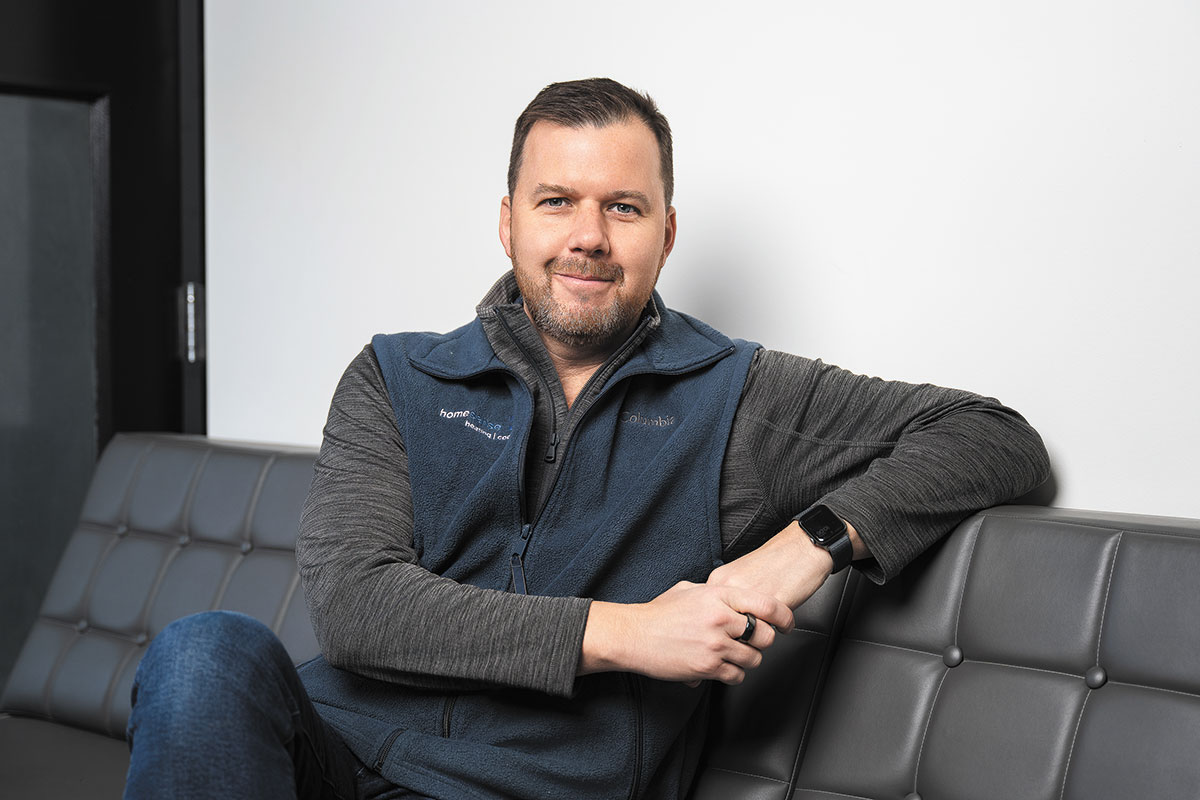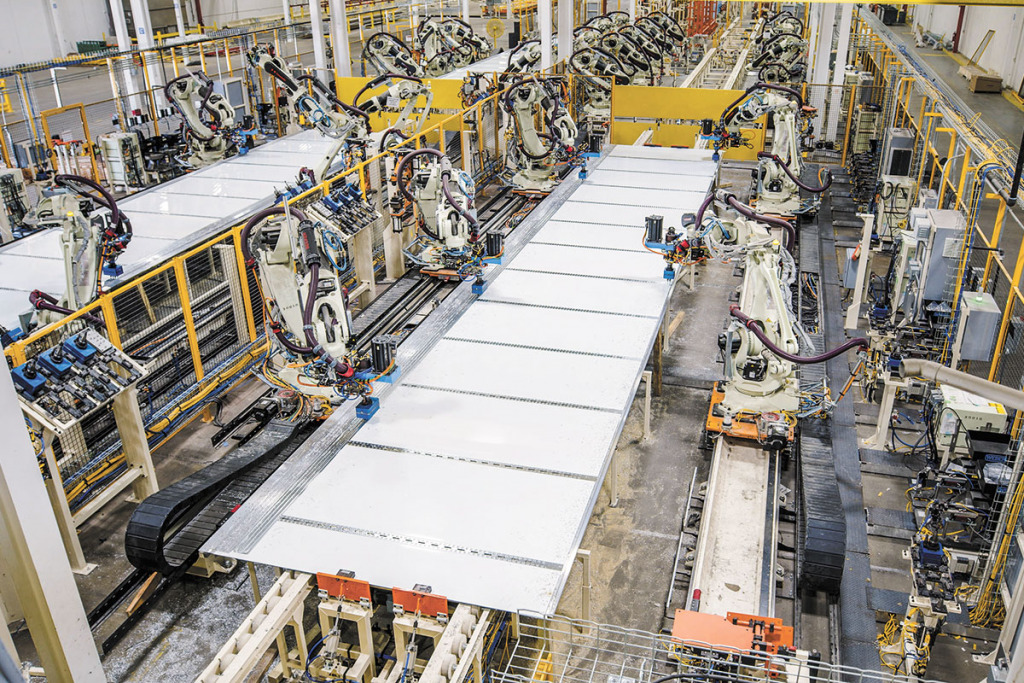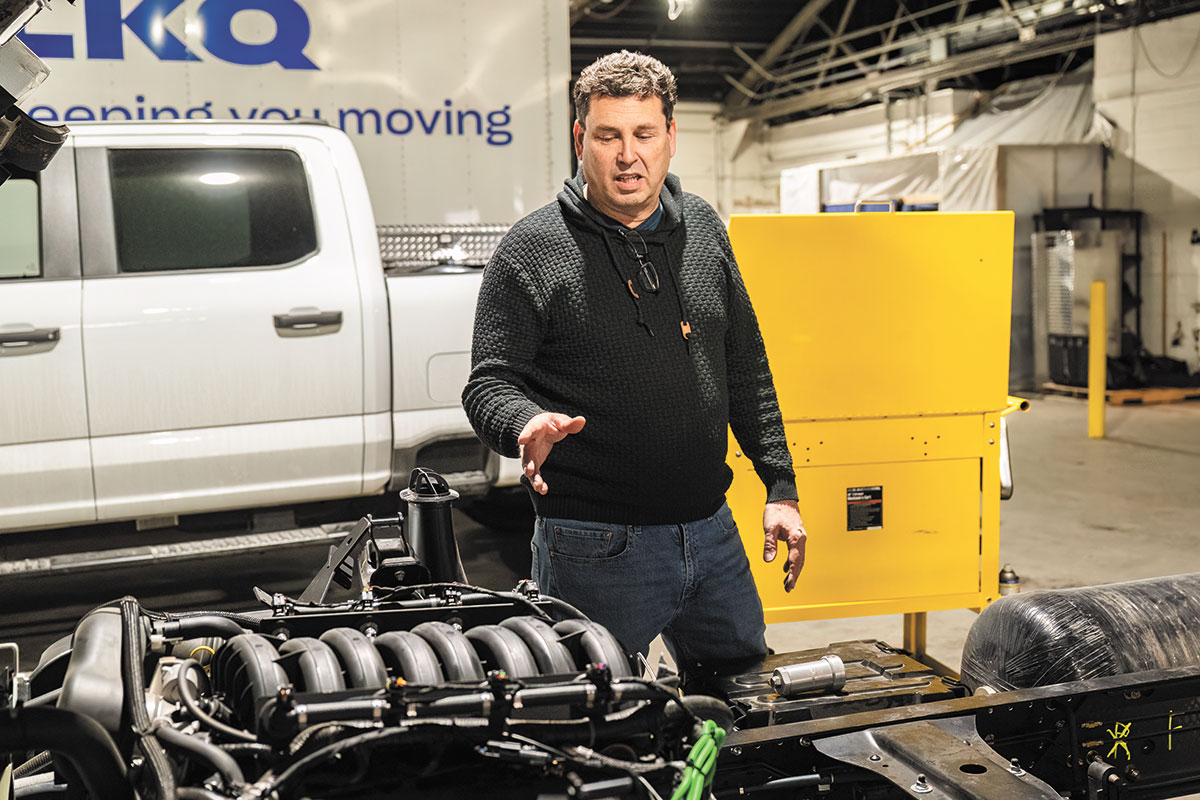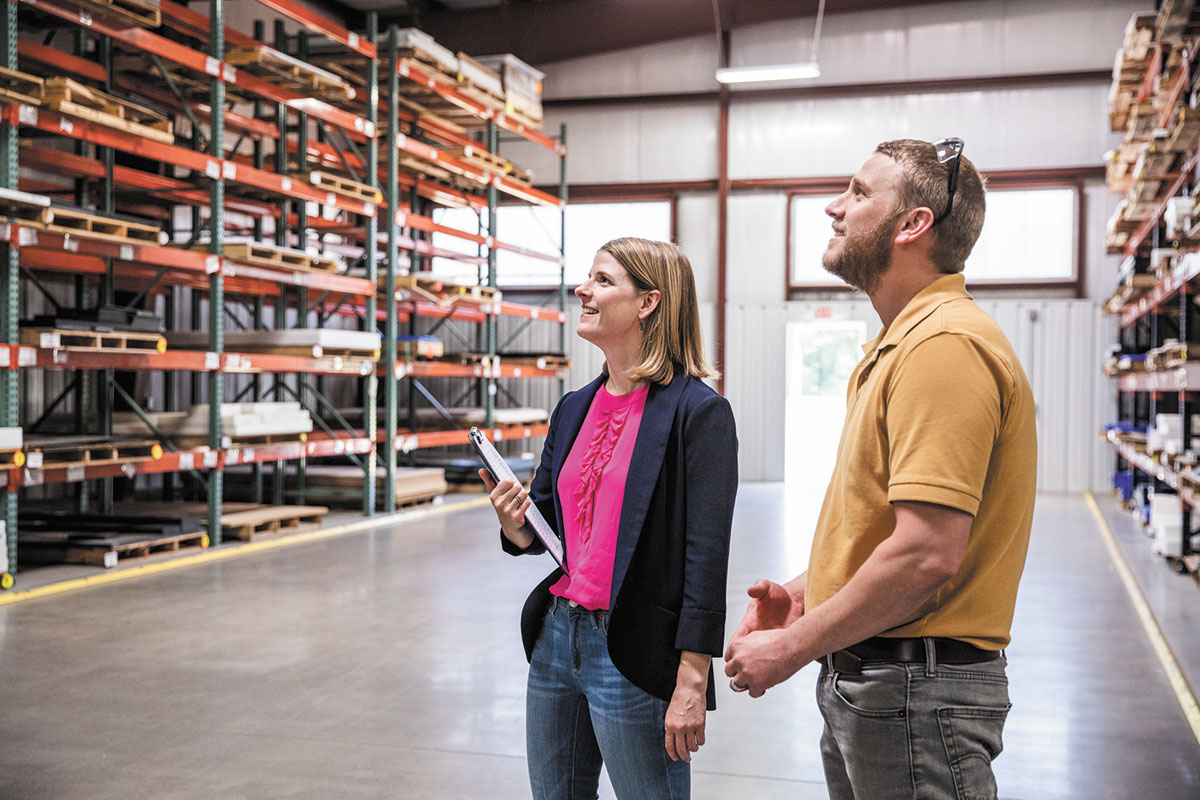Subscriber Benefit
As a subscriber you can listen to articles at work, in the car, or while you work out. Subscribe Now
Brian Schutt and fellow Purdue University grad Jesse Cross launched Homesense Heating & Cooling in 2009 in the wake of the Great Recession.
Schutt had lost his job in marketing and was looking for something more stable, an industry that would survive economic downturns. Cross was frustrated with the HVAC contractors he’d been hiring to work on properties he had invested in.
So despite having no training in heating and air, the pair started a company aimed at repairing HVAC systems largely in residential properties.
“What appealed to me was the stability,” Schutt said. “And that proved to be the case for … about half of our existence. We would get incremental annual increases in costs, something like [a] 2% or 3% a year increase that would add to the cost of equipment.”
That was manageable, measurable and predictable, he said. But that started changing about eight years ago, around the time Donald Trump took office the first time, Schutt said.
Shortly after winning his first election, Trump began implementing new or increased tariffs on the imports of washing machines, solar panels, steel and aluminum and later other consumer and capital goods from China. Schutt said those tariffs drove up Homesense’s equipment costs.
Later, the pandemic disrupted the supply chain and increased costs across many industries, including HVAC. Many of those prices never fully returned to pre-COVID levels.
In fact, over the past eight years or so, Schutt said, equipment costs for a complete residential heating and cooling system have roughly doubled, to about $10,000 to $12,000.
Now, Trump’s trade policies are driving up Homesense’s costs again (one supplier has already notified the company about price hikes), with even higher prices possible.
IBJ talked with Schutt, who writes a column for IBJ’s monthly Forefront publication, about how tariffs will affect his industry and what he thinks about Trump’s trade policies. The interview has been edited for space and context.
When your costs go up, do you immediately pass that on to customers?
Yes. Like many businesses, our margins are relatively slim.
We’ve always custom-priced replacement (furnaces and air conditioners). There’s some degree of standardization, but there are nuances to every job. So when we go and quote a replacement, it is always done … to meet the customer’s needs. So that’s a long way of saying, yes, increased costs go into how we price out each system. As costs rise, our customers’ costs rise.
Where is most HVAC equipment made?
That’s a tough one. I’ll give you sort of the broad context.
There are maybe 50 main [HVAC] brands, but they’re owned by a half-dozen companies. Our main supplier now is a Japanese-owned corporation called Daikin. It manufactures [for U.S. customers] in Houston, Texas. But its supply chain comes from all across the world.
So a lot of this equipment is assembled in one place, but it’s not really produced in one place.
Steel and aluminum are going to come from wherever they can get it as cost-effectively as possible. Component parts will come from all over. There might be a component part in Europe that is specific to the control board. So it’s hard to say where things are really made.
For a long time, we were with Carrier, which is a U.S. business that was owned by United Technologies. [United Technologies, which was based in Connecticut, spun off Carrier in 2020. Carrier is now based in Palm Beach Gardens, Florida, but retains some operations in Indianapolis.] By and large, Carrier’s manufacturing is in Mexico.
So Trump, when he ran the first time, tried to keep Carrier jobs in Indianapolis but at least some of the assembly did move to Mexico. So manufacturing is all over the place.
What are you hearing from your suppliers so far?
We’ve not received any specifics from our primary supplier, Daikin, yet. We have received communication from our Carrier supplier that, as of March, we’re going to see 2% to 4% increases in costs directly related to the tariffs.
And could those go up if the Mexico tariffs go into place?
I’m assuming so with Carrier. But I mean, there’s seemingly no predictability to this stuff.
So you still carry Carrier equipment in addition to Daikin?
We carried Carrier for years. And so we have thousands of pieces of equipment out there, and we still have relationships with those customers. We service that equipment. Also, there are some brand-loyal customers we service. And we need to have options.
But anytime you are a small-to-midsize business, and you can consolidate who you’re purchasing from, that helps lower the cost.
Are you feeling a little more secure in the current environment because you largely switched away from Carrier, given that it assembles in Mexico where Trump is proposing tariffs?
I don’t think there’s going to be a company immune to the rising tide of costs. I mean, it’s just math.
If you’re talking about the replacement of a standard-efficiency system—an air conditioner and a furnace—eight years ago, we were at $5,000 or $6,000. Now it’s probably double that.
You’ve obviously had to raise employee pay during that period, too. What percentage of the higher price is caused by increases in the cost of equipment?
Probably 80%. And margins aren’t going up. It’s just the costs.
From a competitive standpoint, is there any solace in the fact that other HVAC companies are facing the same costs?
I don’t have any concerns for the broad business of heating and cooling. It’s like being in the water or electricity business. People just don’t go without heat in the winter and cool air in the summer.
But our reason for existence has always been more driven by serving customers. So I don’t take solace in the fact that this is difficult for our customers.
And what we have seen is that there are situations where customers would normally move toward replacements because of the age of equipment. But because of price increases, we’re seeing more and more repairs done instead. They’re also more expensive but less expensive than a replacement. … But that equipment will eventually need to be replaced.
Have you purchased any equipment in advance to try to beat the imposition of tariffs?
Because of our relative size, whatever efficiencies would be gained through bulk purchases, we’d probably lose in carrying the inventory costs. And because we custom-estimate every job, we like to have the full spectrum of options available. So it didn’t make sense for us.
I know you’re interested in economics and spent a year as a civic renewal fellow for the American Enterprise Institute. You also write about public policy for Forefront. What are your thoughts on the macro issues related to tariffs?
It’s complex, of course. What is not up for debate, I don’t believe, is that tariffs cause prices to go up.
And what seems to be clear is that the Trump administration is using this executive authority more as a bargaining chip to force non-economic goals into existence. And the goals might be worthy ones … but it seems like there are more direct ways to achieve these goals.
I think they’re conceding that prices might go up. Trump was quoted as saying something about that customers might feel this but that there are bigger goals.
It remains to be seen what the long-term impacts will be.
Do you think one impact could be that more manufacturing happens in the United States?
I think there’s some data to support that. As these artificial costs increase, that makes U.S. manufacturing more competitive. Is it possible? For sure.
But it’s a very different economic philosophy than has been typical for the Republican Party and one that I think has a mixed outcome, historically speaking.
The free market is undefeated in terms of what nets out the most positive for the most people.
What are you most concerned about?
Like with most economic turbulence, the unfortunate reality is that the people at the low end of economic capacity tend to be hurt the most. With that said … the people who ushered Trump into office were the losers of what globalization did to U.S. manufacturing. And so to the extent that I can understand and give [Trump] credit for something, it’s that he’s following through on promises he made to the people who got him into office.
READ MORE FROM IBJ ABOUT TARIFFS
Tariffs could reach deep into Indiana

Anxiety: Anderson manufacturer says the uncertainty around tariffs is most maddening

Opportunity: Distiller expects some prices might drop as competitors more exposed to tariffs get stuck with product

Uncertainty: CEO of plastic parts maker says using an American supplier is not an affordable option
Please enable JavaScript to view this content.


